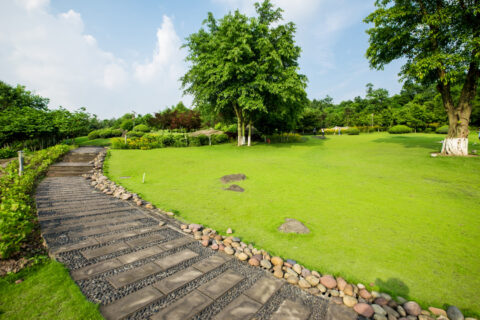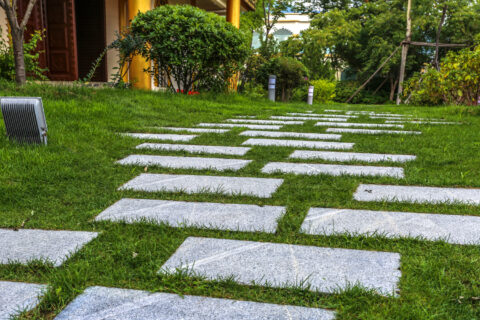- 26 July 2023
Landscaping involves the design, planning, installation, and maintenance of outdoor spaces to enhance their aesthetic appeal, functionality, and environmental sustainability. It encompasses various elements such as plants, trees, shrubs, hardscapes, water features, lighting, and more.
The scope of landscaping work can include:
- Landscape Design: Landscape designers work closely with clients to create a vision for the outdoor space. They consider factors such as the property’s layout, topography, climate, and the client’s preferences to develop a comprehensive design plan.
- Softscaping: Softscaping involves the selection, planting, and nurturing of plants, trees, flowers, and other vegetation. This includes choosing plants that are suitable for the climate, arranging them in visually pleasing patterns, and ensuring proper irrigation and maintenance.
- Hardscaping: Hardscaping refers to the non-living elements of a landscape, such as pathways, patios, decks, walls, fences, and other structures. Hardscaping materials can include concrete, stone, wood, or composite materials, and their design and placement contribute to the functionality and aesthetics of the outdoor space.
- Water Features: Incorporating water features like ponds, fountains, waterfalls, or streams can add a soothing and visually appealing element to the landscape. These features require proper design, installation, and maintenance to ensure proper circulation and water quality.
- Outdoor Lighting: Outdoor lighting plays a vital role in enhancing the ambiance, safety, and functionality of the landscape. Lighting fixtures are strategically placed to highlight architectural elements, pathways, plants, and provide visibility during the evening hours.
- Irrigation Systems: Implementing efficient irrigation systems is essential for maintaining healthy plant life. This includes the installation of sprinklers, drip systems, or other watering methods to deliver water to the landscape while conserving resources.
Landscaping professionals use their expertise in design, plant selection, construction, and horticulture to create cohesive and visually pleasing outdoor environments. They consider elements such as color, texture, scale, and balance to achieve a harmonious and inviting landscape.
Proper landscaping not only enhances the beauty of a property but also provides functional benefits such as improved curb appeal, increased property value, and the creation of outdoor spaces for relaxation, entertainment, and recreation.
Ongoing landscape maintenance, including pruning, trimming, weed control, fertilization, and seasonal care, is also crucial to preserve the health and longevity of the landscape.
By utilizing their skills and knowledge, landscaping professionals transform outdoor spaces into inviting, sustainable, and visually appealing areas that harmonize with the surrounding environment.


